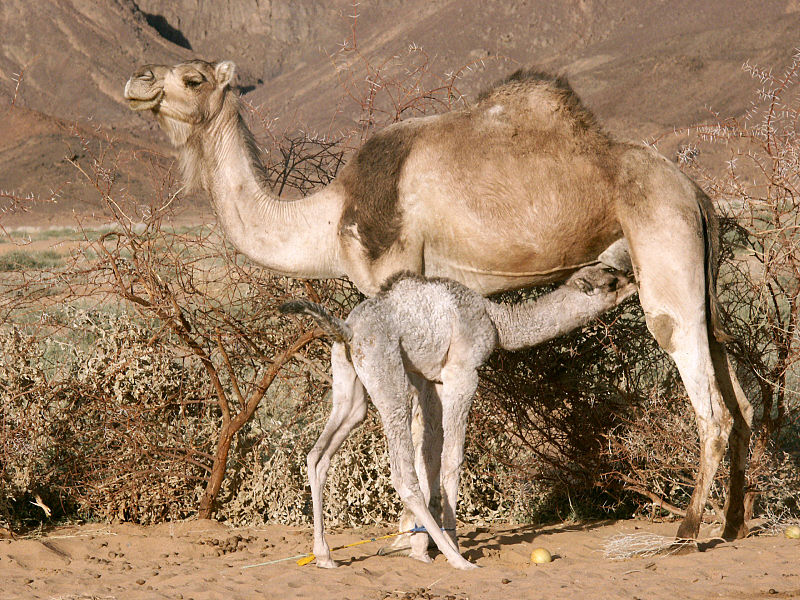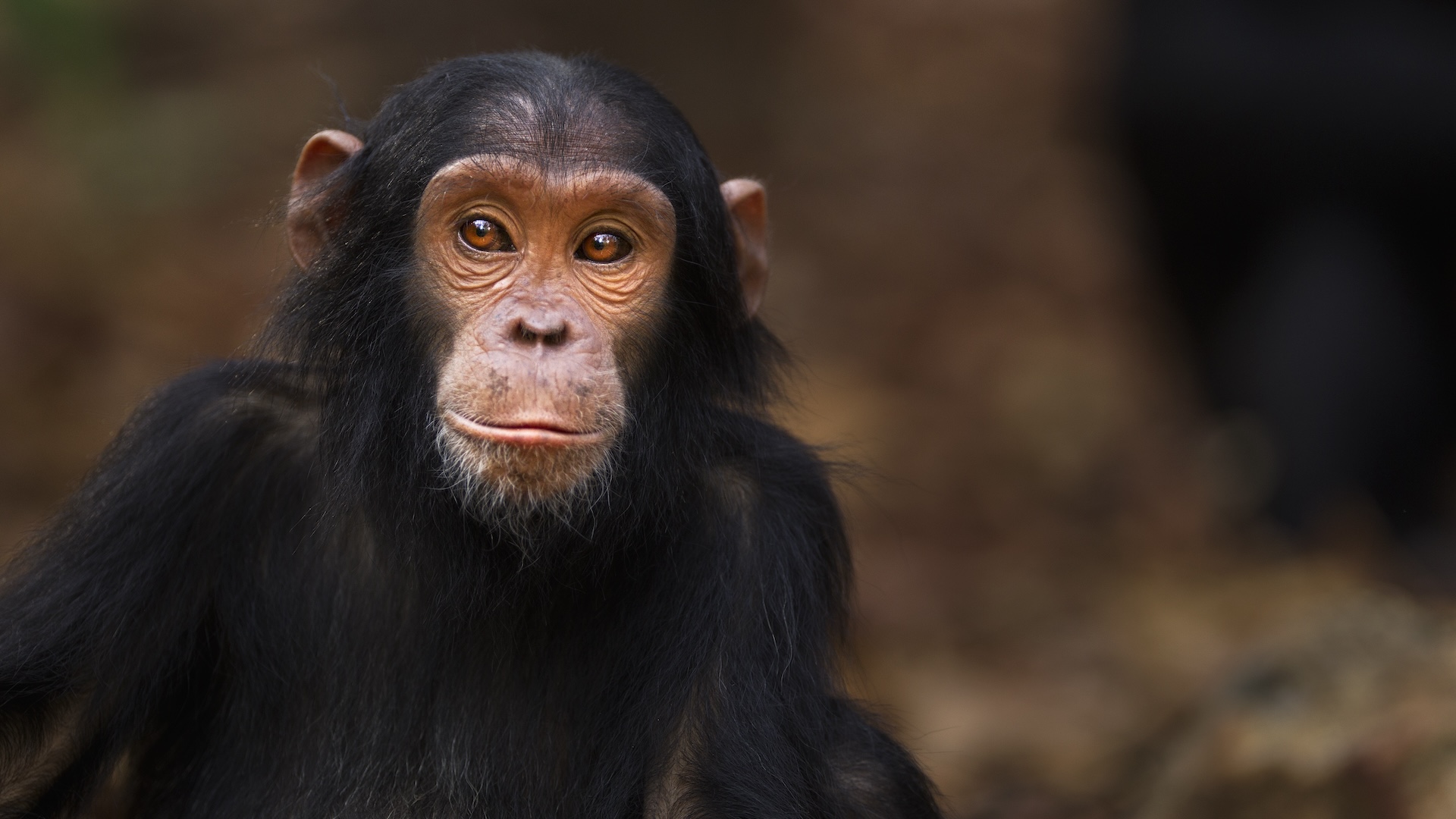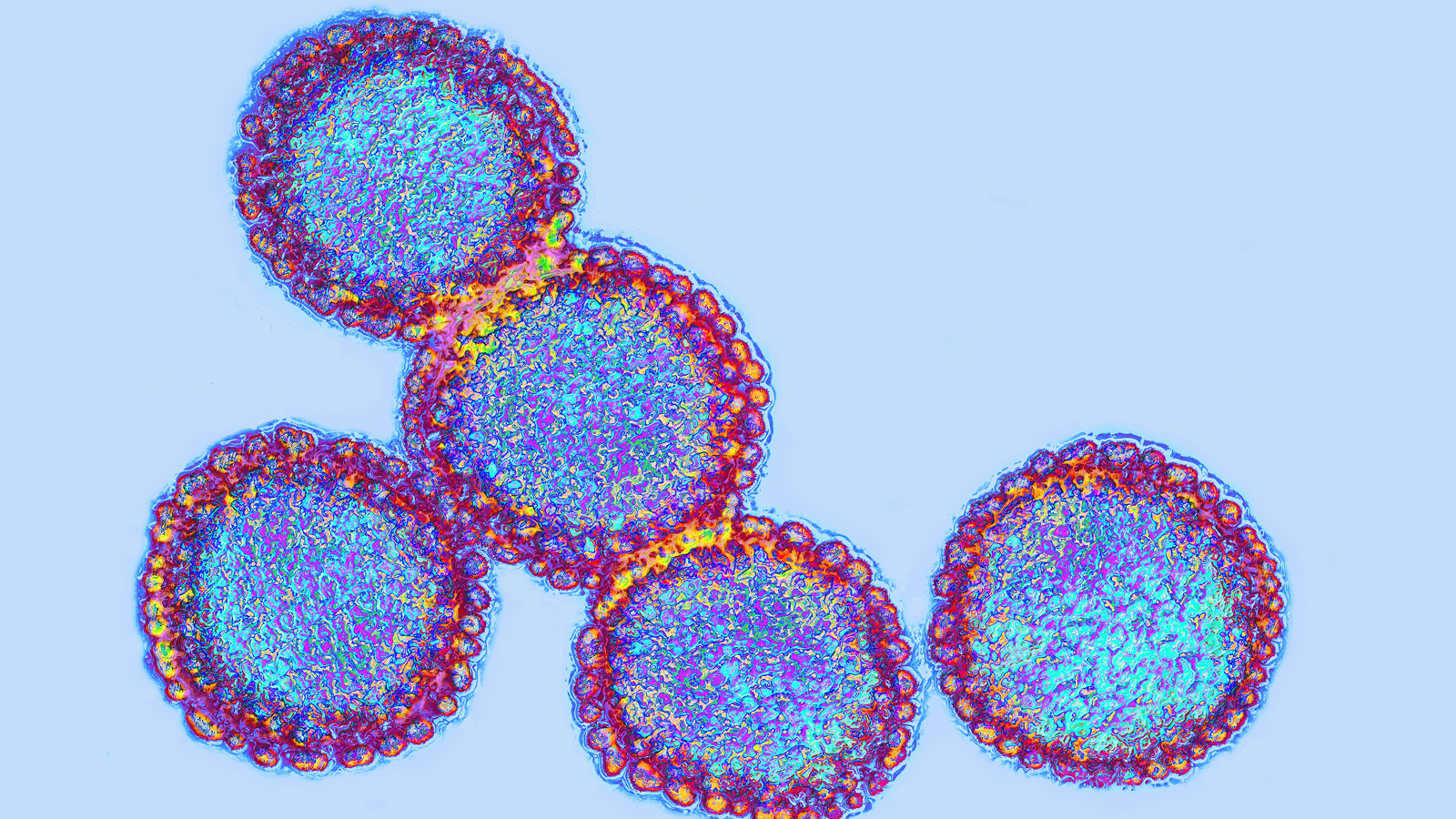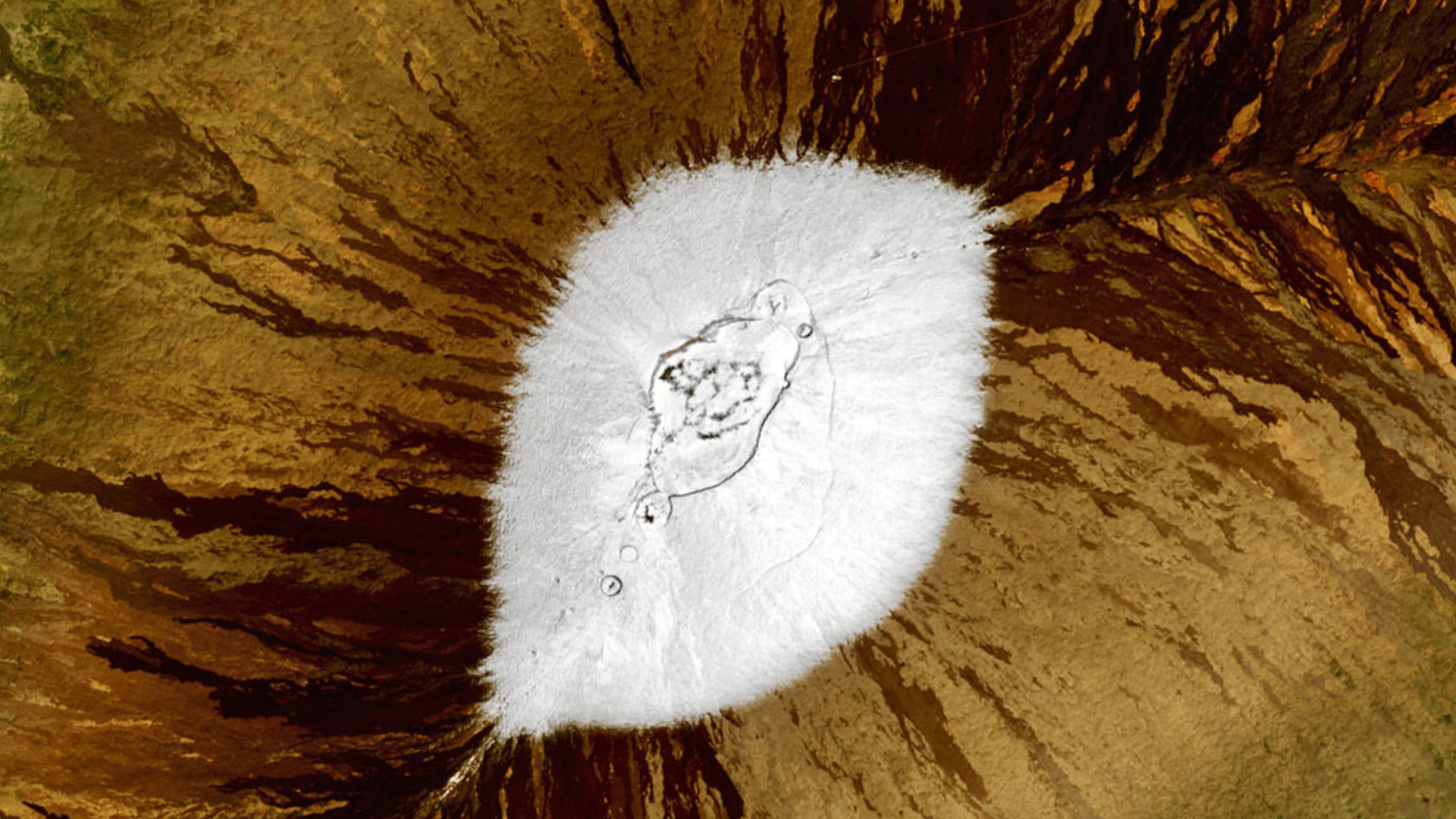Camel Milk: Nutrition Facts, Risks & Benefits

While camel milk won’t likely be battling for shelf space with cow’s milk in the dairy section of your local supermarket any time soon, it is becoming a hot commodity. Some experts cite properties that they say may help fight a number of diseases, including diabetes, cancer, shingles and autism. It is also easier to digest than cow’s milk, making it popular among the lactose intolerant.
While the FDA has approved the consumption of camel milk in the United States, imports are restricted, and there are only about 3,000 camels in the United States, according to Dr. Millie Hinkle, founder of the American Camel Association and Camel Milk USA, which conducts research on camel milk industry. There are a few camel dairy farms in the United States, including Troyer Family Farm and Oasis Camel Dairy.
Nutrition facts
Here are the nutrition facts for camel milk, according to the U.S. Food and Drug Administration, which regulates food labeling through the National Labeling and Education Act:
The risks
One of the primary risks of camel’s milk is that it is primarily consumed in unpasteurized form. The Saint Louis Institute for Conservation Medicine (ICM) studied the consumption of camel's milk in northern Kenya, where around 10 percent of people drink unpasteurized camel milk, exposing themselves to a number of animal-based pathogens.
The study found a higher prevalence of pathogenic bacteria in camel milk than in sheep and cattle milk. In Kenya, this increased risk corresponded with an increased use of camels as domesticated animals, the report noted.
“A concern is raw consumption, which is offered for camel milk,” said Keith-Thomas Ayoob, an associate clinical professor in the department of pediatrics at Albert Einstein College of Medicine. “I don't recommend raw milk at all, whether it's from a camel, cow, goat or any other animal. There's a reason for pasteurization.”
An article in the magazine Science reported a study that showed the virus that causes Middle East respiratory syndrome (MERS) has been found in camel milk. The findings were from a group of researchers at Qatar's Supreme Council of Health; the country's Ministry of Environment; Erasmus MC in Rotterdam, the Netherlands; and the Dutch National Institute for Public Health and the Environment. While there was no specific connection between an increased risk for MERS and consumption of raw camel’s milk, they cautioned against consuming the unpasteurized version of the product.
The benefits
Research has shown that camel milk might be helpful for people with autism, Type 1 diabetes, food allergies, hepatitis B and other autoimmune diseases, according to Lori Chong, a registered dietitian at The Ohio State University Wexner Medical Center.
“Studies have shown that the consumption of camel milk increases the bodies' production of antioxidant enzymes thereby lowering oxidative stress within the body,” Chong said. “Studies have also shown that daily consumption of camel's milk can improve glycemic control while also lowering the insulin requirement of people with Type 1 diabetes.”
Research in the journal Diabetes Research and Clinical Practice showed that camel’s milk as an adjunct to insulin therapy improves long-term glycemic control and reduction in doses of insulin in patients with Type 1 diabetes.
While the research is insufficient, some people cite anecdotal evidence that camel’s milk has also been linked to improvements with people with autism. Livestrong.com cited a study published in the 2005 edition of the International Journal of Human Development, citing anecdotal evidence of improvements in young autistic patients who switched from cow’s milk to camel’s milk.
In a small study of eight children with food allergies published in the Israeli Medical Association Journal, camel’s milk was shown to help the subject overcome severe food allergies, which were primarily milk related.
Camel’s milk — as well as goat’s milk — contains A2 beta casein. Most milk in the United States is made from Holstein and Friesian cows, which produce milk that primarily contains A1 beta casein rather than A2 beta casein, Chong noted.
A1 beta casein is broken down into an opioid-like peptide called beta-casomorphin-7 (BCM-7). BCM-7 has been shown to suppress the immune system, cause inflammation in the gastrointestinal tract and contribute to arterial plague formation, Chong explained. “It has been implicated in the development of Type 1 diabetes — probably related to its immune suppression and role in GI tract inflammation.”
Nutritionally, camel’s milk is slightly lower in total fat and saturated fat, but equal to cow’s milk in total calories and protein, Ayoob noted. “Camel’s milk also has more iron and vitamin C than cow's milk but cow's milk was never a good source of these nutrients.”
Additional resources
Sign up for the Live Science daily newsletter now
Get the world’s most fascinating discoveries delivered straight to your inbox.
Kim Ann Zimmermann is a contributor to Live Science and sister site Space.com, writing mainly evergreen reference articles that provide background on myriad scientific topics, from astronauts to climate, and from culture to medicine. Her work can also be found in Business News Daily and KM World. She holds a bachelor’s degree in communications from Glassboro State College (now known as Rowan University) in New Jersey.










